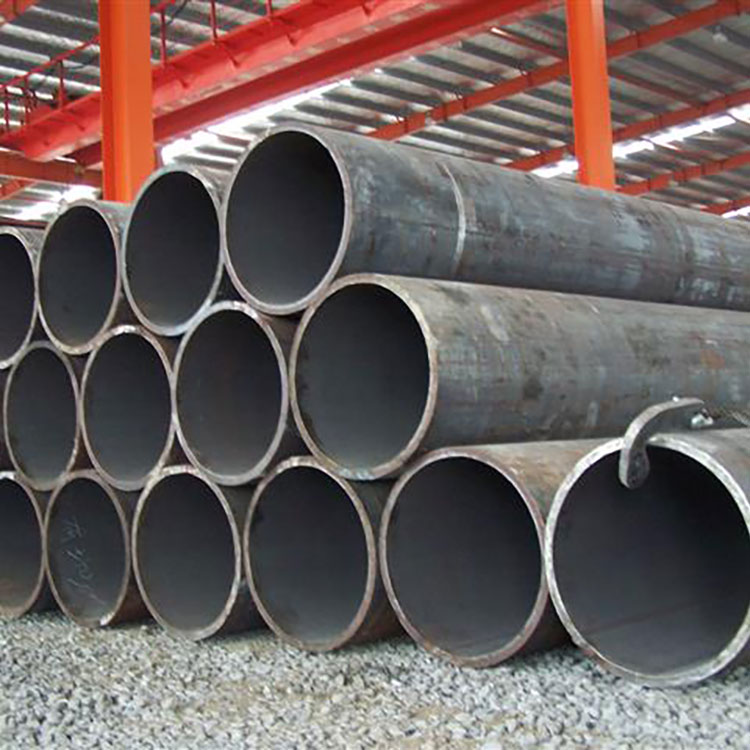Diameter and Thickness in Steel Pipe Manufacturing: Precision Matters
2023-11-29
Introduction:
In the symphony of steel pipe manufacturing, two crucial factors play a defining role in the performance, functionality, and integrity of the final product—diameter and thickness. These specifications are not arbitrary; they are carefully calculated parameters that govern how a steel pipe will function in diverse applications. In this blog, we'll unravel the significance of diameter and thickness in the intricate process of steel pipe manufacturing and explore how precision in these dimensions is paramount.
The Dance of Diameter:
1. Conveyance Capacity:
- The diameter of a steel pipe directly influences its conveyance capacity. Larger diameter pipes allow for the transportation of greater volumes of fluids or gases. This is a critical consideration in industries such as oil and gas, where pipelines must efficiently transport vast quantities over long distances.
2. Fluid Flow Velocity:
- The diameter also affects the fluid flow velocity within the pipe. While larger diameters allow for higher flow rates, smaller diameters can result in increased fluid velocity. Balancing these factors is crucial to prevent issues like erosion and pressure drop within the pipe.
3. Structural Stability:
- In structural applications, such as the construction of buildings or bridges, the diameter of steel pipes plays a role in determining their load-bearing capacity. Larger diameter pipes often provide greater structural stability, making them suitable for applications where strength is paramount.
4. Precision in Sizing:
- Precision in diameter sizing is critical for ensuring that pipes fit seamlessly into existing systems and structures. Variations in diameter can lead to challenges in installation, affecting the overall performance of the piping system.
The Thickness Tightrope:
1. Pressure Resistance:
- The thickness of a steel pipe's wall is a critical factor in its ability to withstand internal pressure. Thicker walls provide greater resistance to pressure, making such pipes suitable for high-pressure applications, like those found in oil and gas pipelines.
2. Corrosion Resistance:
- Thickness is also a key player in a pipe's resistance to corrosion. Thicker walls offer more protection against the corrosive effects of the environment, enhancing the longevity of the pipe in applications where corrosion is a concern.
3. Insulation and Heat Transfer:
- In applications involving the transportation of hot fluids or gases, the thickness of the pipe wall can influence insulation and heat transfer. Thicker walls provide better insulation, preventing heat loss or gain during transit.
4. Weight and Cost Considerations:
- The thickness of a pipe's wall contributes to its overall weight and cost. While thicker walls provide certain advantages, they also increase the weight of the pipe and may incur higher production costs. Balancing the need for strength with practical considerations is a crucial aspect of design.
The Symbiosis of Diameter and Thickness:
1. Pressure and Diameter Relationship:
- The interplay between diameter and thickness is crucial. Larger diameter pipes often require thicker walls to maintain structural integrity and pressure resistance. This symbiotic relationship is carefully calibrated to meet the specific demands of each application.
2. Industry Standards and Regulations:
- Diameter and thickness specifications are often governed by industry standards and regulations. Compliance with these standards ensures that steel pipes meet the required safety, performance, and quality benchmarks for their intended applications.
3. Customization for Specific Applications:
- Steel pipes are often customized based on the unique requirements of specific applications. Whether it's a high-pressure oil pipeline, a structural component in construction, or a conduit for water supply, the diameter and thickness are tailored to suit the demands of the task at hand.
Conclusion: Precision in Every Inch
In the world of steel pipe manufacturing, precision is not a luxury; it's a necessity. The diameter and thickness of a steel pipe are not arbitrary dimensions but carefully calculated parameters that dictate how the pipe will perform under various conditions. From withstanding high pressures to efficiently transporting fluids, every inch of a steel pipe is a testament to the meticulous engineering and design that underpins our modern infrastructure. As we marvel at the networks of steel pipelines that crisscross the globe, let's appreciate the significance of diameter and thickness—guiding principles that ensure the strength, resilience, and precision of the pipes that form the arteries of our industrial landscape.



